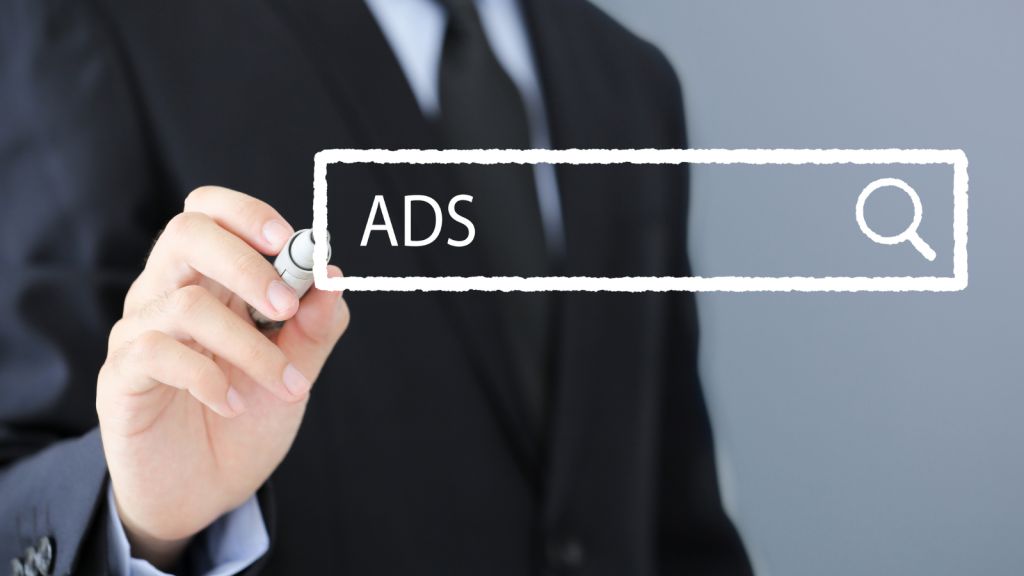In the ever-evolving world of digital advertising, staying ahead of the competition requires more than just setting up basic ads and crossing your fingers. If you’re aiming to maximize your ROI, Facebook Dynamic Ads are a game-changer. But what exactly are these dynamic ads, and why are they so essential for businesses today?
Let’s step into the shoes of Sarah, a small business owner who runs a boutique selling handcrafted home decor. She’s done well on Facebook with regular ads—posting beautiful pictures of her products, crafting witty captions, and even experimenting with different targeting strategies. But as her business grows, Sarah begins to realize that the time has come to step up her game. She’s heard about Facebook Dynamic Ads but hasn’t fully grasped how they could help her reach her goals.
Does this sound familiar? You may be wondering the same thing. Well, sit back and let’s dive into everything you need to know about Facebook Dynamic Ads, from their benefits to how you can set them up for success.
What Are Facebook Dynamic Ads?
Imagine this scenario: Sarah has a new collection of hand-carved vases in her boutique. She’s excited about the launch but isn’t sure how to reach the right people who might love these vases. She could manually create multiple ads showcasing different products and audiences, but that could quickly become overwhelming.
Here’s where Facebook Dynamic Ads come in.
Facebook Dynamic Ads allow advertisers to automatically show the right products to the right people at the right time. Instead of creating separate ads for each product and targeting a specific audience, dynamic ads pull from your product catalog and show personalized ads to people who are most likely to be interested in what you have to offer.
For Sarah, this means that if someone browses her website, adds a vase to their cart, but doesn’t complete the purchase, Facebook can show them a tailored ad for that exact vase when they are scrolling through their feed later on.
Pro Tip: Dynamic Ads are perfect for e-commerce businesses like Sarah’s boutique. They save time, increase relevancy, and ensure you’re always showing customers what they actually want to see, rather than relying on guesswork.
The Benefits of Facebook Dynamic Ads
Now that we understand what Facebook Dynamic Ads are, let’s explore why they’re such a powerful tool for any business, big or small.
1. Personalization at Scale
One of the biggest advantages of Dynamic Ads is their ability to personalize content for individual users at scale. Sarah doesn’t need to create a separate ad for every item in her store or spend hours targeting specific interests. The power of dynamic ads lies in their automation—each person sees products that are relevant to their browsing behavior, whether it’s an item they viewed on the website or something similar that they might be interested in.
Example: Imagine that a customer, John, visits Sarah’s website and looks at a pair of decorative throw pillows. He doesn’t buy them but leaves the site. A few days later, he’s scrolling through Facebook, and guess what he sees? A dynamic ad showing exactly those throw pillows, with an irresistible offer like 20% off his first purchase.
That’s personalized marketing at its finest, and it’s all automated!
2. Increased Conversion Rates
Why do dynamic ads work so well? Because they target people who have already shown interest in your products. When you retarget someone who has visited your site, they’re much more likely to convert. In fact, studies show that dynamic retargeting ads can result in a significant increase in conversion rates.
For Sarah’s boutique, this means that once a potential customer has visited her online store, dynamic ads will remind them of the items they looked at and drive them back to complete their purchase. It’s a gentle nudge to seal the deal.
Pro Tip: Use Dynamic Ads for Remarketing. Combine them with Facebook’s “Add to Cart” event so that you can serve ads to people who added items to their cart but didn’t finish the purchase.
3. Automated Product Display
Let’s go back to Sarah. She carries a wide range of products, from vases and throw pillows to rustic shelves and wall art. Creating individual campaigns for each item can be a headache. But with Dynamic Ads, Facebook can automatically generate and display product-specific creatives from Sarah’s product catalog.
This means Sarah doesn’t have to manually create individual ads for each product. As long as her product catalog is up-to-date and connected, Facebook handles the rest. All she has to do is monitor her campaigns and tweak them when necessary.
Pro Tip: Keep your product catalog updated regularly. This ensures that the right products are being shown to the right people, and your inventory stays in sync with your ads.
4. Lower Ad Spend with Higher Relevance
Facebook’s Dynamic Ads ensure that your ad spend is put to work wisely. Because the ads are tailored to the individual, they are much more relevant to the audience than traditional, static ads. This increased relevancy means that you’re more likely to get a higher click-through rate (CTR) and conversion rate without increasing your ad spend.
Let’s put this in Sarah’s shoes. Instead of spending money showing ads for products that someone might not be interested in, her budget goes towards products they’ve already interacted with. This improves her ROI and makes every dollar count.
Pro Tip: Set up dynamic ads based on different audience segments, like “View Content” or “Add to Cart,” to make sure you’re only showing the most relevant products to each person.
How to Set Up Facebook Dynamic Ads
Alright, so you’re sold on the benefits, but how do you actually set up Facebook Dynamic Ads? Don’t worry—it’s easier than it sounds, and I’ll guide you through the process.
Step 1: Set Up a Facebook Business Manager Account
First things first, you need a Facebook Business Manager account. If you don’t already have one, head to business.facebook.com and create one. This will give you access to all of Facebook’s advertising features.
Step 2: Upload Your Product Catalog
For dynamic ads to work, you need to have a product catalog in place. This is a list of your products, including details like product name, price, and image URL. You can upload your product catalog manually through Facebook’s Catalog Manager, or if you’re using an e-commerce platform like Shopify or WooCommerce, you can integrate it directly.
Pro Tip: Make sure your product catalog is organized. Clear product categories and accurate descriptions will make it easier for Facebook to match the right products with the right customers.
Step 3: Create a Dynamic Ad Campaign
Next, go to Facebook Ads Manager and create a new campaign. Select the “Catalog Sales” objective. This will allow you to create dynamic ads based on your product catalog.
Choose your audience—either remarket to people who have interacted with your website or lookalike audiences, or target based on interests and behaviors. Choose the product set from your catalog that you want to promote, and let Facebook handle the rest.
Pro Tip: Experiment with different product sets based on customer behavior. If someone has viewed pillows, target them with more pillow-related products, or even new arrivals in the home decor category.
Step 4: Design Your Dynamic Ads
While Facebook will automatically generate creative based on your catalog, you can add custom elements, such as specific offers, a headline, or a CTA. The key here is to make sure the ad feels personalized. For Sarah, this could mean a simple, compelling offer like “Save 15% on Your Next Home Decor Purchase” or “Shop Our Latest Handcrafted Vases Today!”
Pro Tip: Keep your messaging clear and concise. A dynamic ad that displays the product name, a short description, and a strong CTA will outperform one that’s too cluttered.
Step 5: Optimize and Monitor Your Ads
Once your ads are live, it’s time to monitor performance. Facebook’s powerful analytics can show you which products are performing the best, what the click-through rates are, and where people are dropping off.
Use this data to optimize your ads. If certain products are getting more attention than others, consider increasing your budget for those items or expanding your ad reach.
Pro Tip: Test different product images and descriptions within your dynamic ads to see which combinations perform best. A/B testing is key to continuously improving results.
Conclusion: Ready to Boost Your Sales with Facebook Dynamic Ads?
Facebook Dynamic Ads are a highly effective tool for any e-commerce business looking to scale. They automate product display, increase personalization, and ensure your ad spend is focused on the right audience. For Sarah, dynamic ads are the perfect way to take her boutique to the next level, driving more sales without the need for constant manual intervention.
If you’re ready to set up your own dynamic ads and watch your sales soar, now is the time to dive in. By personalizing your campaigns, remarketing effectively, and keeping your product catalog updated, you can ensure that your ads are always optimized for success.
Are you ready to let Facebook’s dynamic technology work its magic for you?

